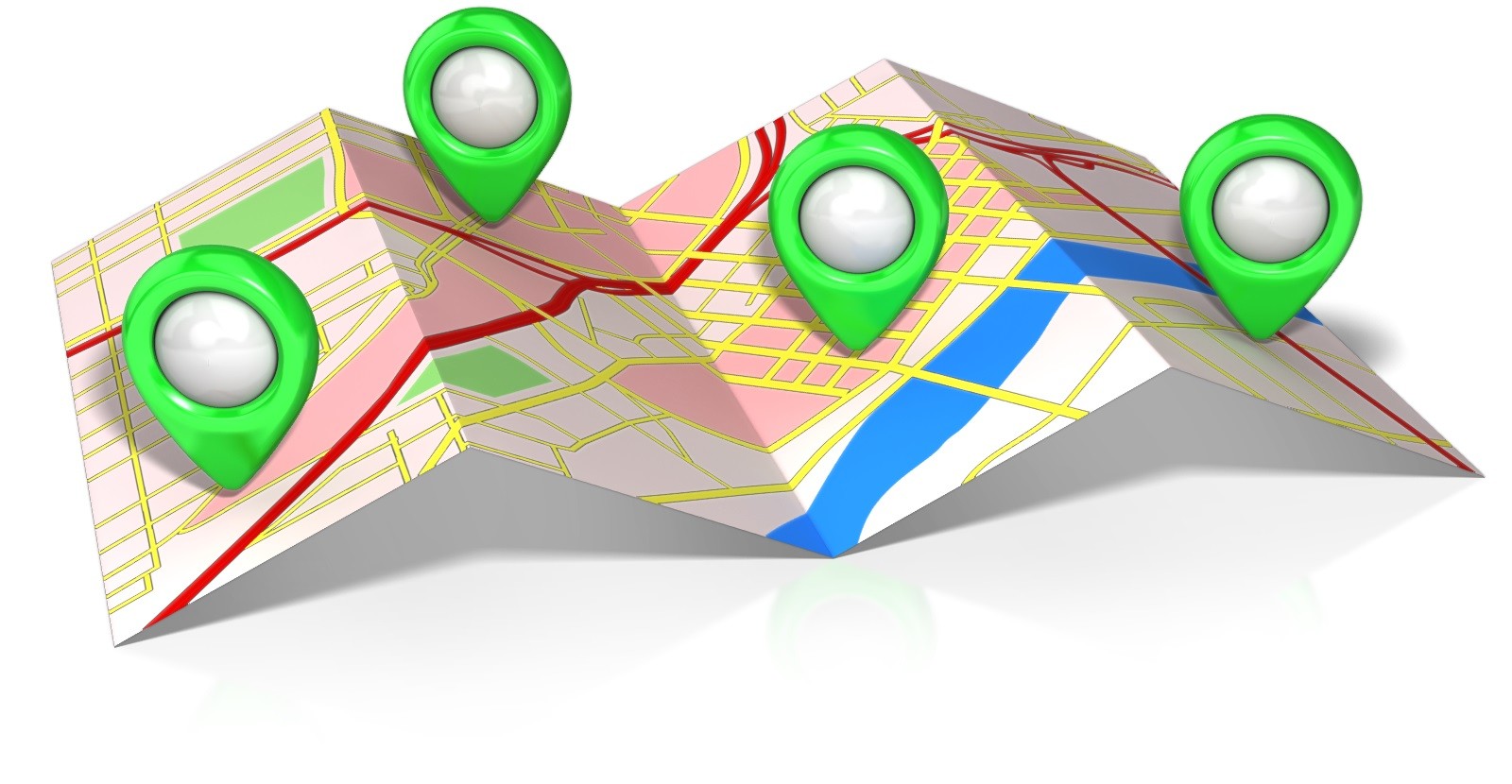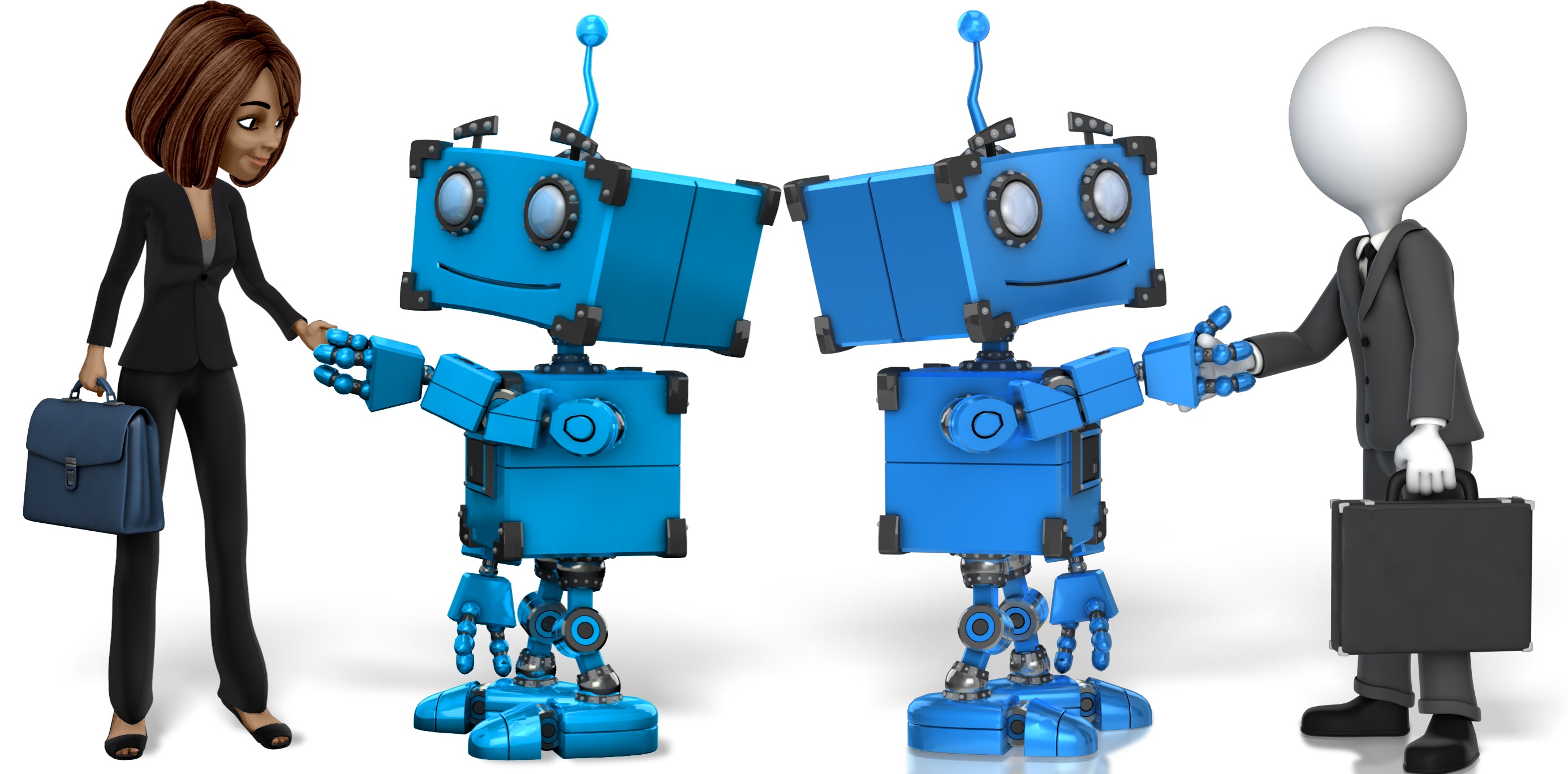PDF of articles here: Are we the New Digital Soylent Green - PDF
("Soylent Green Is People").
More than 4 years ago, before the age of COVID 19, little did I understand the relevance of these three words.
For more on the COVID 19 story [click here].
Back to the world of numbers and our propensity to trust but unwillingness to verify in the information age.
A new year and a whole new world upon us. With all the talk about Russia and Artificial Intelligence (not necessarily in the same sentence) I thought the title would be appropriate.
As Ronald Reagan said,
"Doveryai no proveryai".
I don't think he was thinking about the world today but it is becoming very relevant as we hand over our lives to that funny little back box called technology.

AI is not
'coming soon', it has been with us for quite some time in one form or another.
I grew up in an age of paper maps, grid and lined paper, protractors, pens and those little Rolodex™ popup pads for phone numbers and addresses.
I remembered phone numbers without the aid of a phone and a picture, I could remember how to get from A to B without the aide of Google, I could add up without a calculator and spell (badly) without a word processor. How many phone numbers do you remember? No, these were not the dark ages, they just feel like that when we look back.

Now I say 'call Mum' and the phone dials, I say 'Fast Food Restaurant' and I am directed to food, I open an app to do the most basic of math calculations. At every point I still ask, 'Does that look right?' Most of the time, the technology gets it right, but not always, so
'trust but verify'. How many of you ask that same question when Google says, 'turn left here'? Don't let your answer be
'why are my feet wet?' or worse!
'Measure twice and cut once' goes the age old saying. The worrying part is the trust we put in the technology today without any verification. If a stranger passed on an unlikely story, you would probably go to the internet to check it. By doing so, you just completed the
'trust but verify' process. However, did you 'verify' what the internet said? Probably not!
From the age of 9, I have been coding (self taught) and pushing the envelope in technology wherever I can. Other than the general interest (or obsession as my wife would say), my main focus on coding or creating algorithms was always to make life simpler. You could say I code because I am lazy; I just don't like doing repetitive tasks if I can make a machine do it for me. During this process, I learned that code can be flawed and
'garbage in' leads to
'garbage out'. The difference today with the event of AI and Machine Learning is the level of trust increases and the ability to verify is reduced.
In people we think of
'nature vs. nurture'. We have discovered that most of the time it is a combination of the two that results in the sum of what we are. In the world of AI, the code or algorithms are the
'nature'. These were initially created by people who are not by their very nature, infallible. The
'nurture' is the data we feed this learning machine. The more data we feed it the
'smarter' it gets. However, what if the data is flawed or has an inbuilt bias?

Imagine teaching an AI that 2+2=4.
Sounds simple doesn't it? However if the data we feed is smaller numbers of 2 to one decimal point then it is just as likely that we could find that 2+2=5 for the AI.
"HAL, what's 2+2?"
The answer you expect is 4.
However, what if you told HAL to learn from a group of data such as 2.1+2.4, 2.2+2.3, 2.4+2.3.
Each of the numbers in these sets of data rounds down to 2. However, the sum of these pairs rounds up to five. So naturally 2+2 equals 5 or
"I'm sorry Dave, I'm afraid I can't do that".
[Edit in 2023 to add some clarity to the point]
Shift the decimal point for 'smaller numbers of 2' and 2+2=4.
- 2.1 + 2.2 = 4.3 becomes 2 + 2 = 4
- 2.0 + 2.0 = 4.0 becomes 2 + 2 = 4
- 2.2 + 2.2 = 4.4 becomes 2 + 2 = 4
- 2.3 + 2.1 = 4.4 becomes 2 + 2 = 4
Shift the decimal point for 'larger numbers of 2' and 2+2=5.
- 2.1 + 2.4 = 4.5 becomes 2 + 2 = 5
- 2.2 + 2.3 = 4.5 becomes 2 + 2 = 5
- 2.4 + 2.3 = 4.7 becomes 2 + 2 = 5
- 2.1 + 2.4 = 4.5 becomes 2 + 2 = 5
No tricks, just math.
Try it yourself in Excel (or Google docs etc.).
The formulas used are;
- Cell A1=2.1 formatted to one decimal place.
- Cell B1=2.4 formatted to one decimal place.
- Cell C1=A1+B1 with the cells formatted to one decimal place.
Now format the cells to zero decimal places
2 plus 2 equals 5 or at least that is the perception. [end of edit]
Now this is a deliberately simplistic and silly example. Now imagine that you are teaching your new hiring algorithm to filter out resumes. If you only input college graduates, it could develop a bias against a skilled candidate who progressed through another route i.e. Armed forces, Police, Trades etc. As the
'trust' is in the pile of resumes that pass the AI or algorithm filter, you may never know you have a problem. What you now have is a process that may even breach human rights legislation or local discrimination laws and regulations by filtering out more qualified candidates for the actual role intended. How many of today's leaders might fall foul of a hiring algorithm and not qualify for even an entry level position? Do you really want to filter out the next Bill Gates or Steve Jobs?
The more data you input, the faster the AI
'learns' but it can also just enhance the bias if we are not careful. Microsoft learned that lesson when its Twitter bot went from innocent child to raging monster in less than 24 hours. (
http://www.theverge.com/2016/3/24/11297050/tay-microsoft-chatbot-racist). In that case the data 'fed' was manipulated and the result was obvious. However, what if the data was so large or disconnected that the bias was unknown?
There are many other examples where we are maybe trusting a little too much today and relying on the 'algorithm' to protect us. These include aspects relating to eDisclosure, Redaction, loan qualifications, aggregated news feeds and more.
Don't take my word for it though...
'trust but verify'. And above all...
'VERIFY, VERIFY, VERIFY'
David Dickson is a Consulting C.E.O. and owner at DKS DATA
(www.dksdata.com). Our Services
Remember to eat your Soylent Greens.




